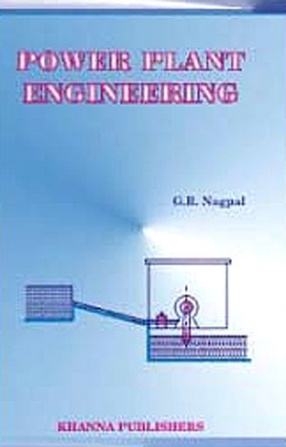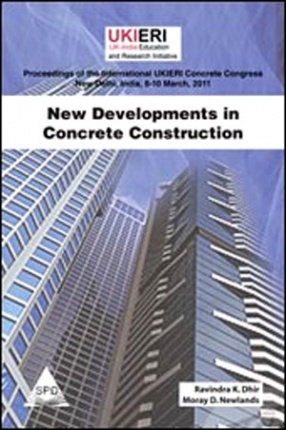With a boom in the steel industry all over the world today, the demand of sponge iron has considerably increased as a feed (raw) material. The increase in the demand of sponge iron is also due to the fact that it is used as a substitute for coking coal which is available in scarcity in the world. This book comprehensively deals with the production of sponge iron in the rotary kiln.
The book is divided into 17 chapters. The initial chapters give a brief on the fundamental theories and basic principles of sponge iron production, commercially used DR (direct reduction) processes and physico-chemical principles of sponge iron production. The book then goes on elucidating the testing procedures of raw materials needed for the direct reduction processes. The testing includes iron ore testing, thermal disintegration testing, reducibility testing, and swelling and bed permeability testing.
Further, it details on the reduction of iron oxide inside the rotary kiln. The entire rotary kiln plant and its functionalities are explained with precision. The concluding chapters explicate the ways to store and handle sponge iron. The heat and mass balance calculation done meticulously shows how the waste heat can be utilized for power generation. This heat balance calculation is very much useful while designing the furnace and in determining fuel efficiency.





There are no reviews yet.